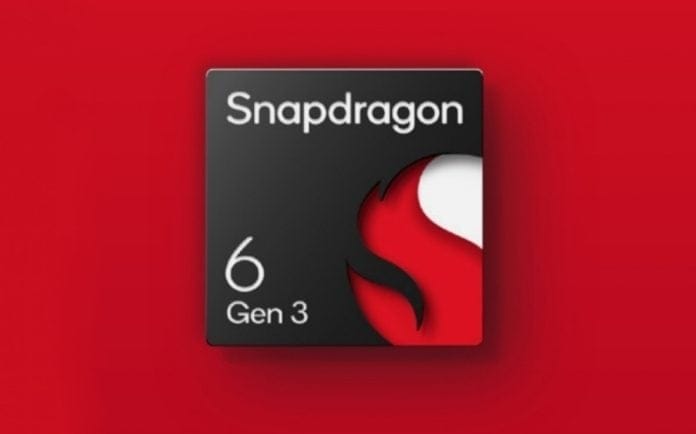Motorola has just unveiled the Moto G75 5G, a noteworthy advancement as it becomes the first smartphone globally to utilize the new Snapdragon 6 Gen 3 chipset. Qualcomm designed this chip to boost performance and efficiency in the mid-range market, providing a superior user experience without the hefty price. But how does the Snapdragon 6 Gen 3 stack up against its rivals, especially when looking at similar models such as the Snapdragon 7s Gen 2? Keep reading to discover what the latest Snapdragon 6-series chip has in store.
Examining the Snapdragon 6 Gen 3
The Snapdragon 6 Gen 3, produced using a 4nm fabrication process, is a step up from the previous Snapdragon 6 Gen 1. It comes with notable improvements, including a quicker CPU featuring 4×2.4 GHz Cortex-A78 cores, a jump from the 4×2.2 GHz in Gen 1, while still keeping the 4×1.8 GHz Cortex-A55 cores intact. Both versions are equipped with the Adreno 710 GPU and can handle up to 3200 MHz LPDDR5 RAM. Similar to its predecessor, the Snapdragon 6 Gen 3 maintains support for 200-megapixel cameras and can record video in 4K at 30 fps. On top of that, it provides enhanced connectivity options like Wi-Fi 6E and Bluetooth 5.2.
Comparing with Snapdragon 7s Gen 2
When you pit the Snapdragon 6 Gen 3 against the Snapdragon 7s Gen 2, you’ll find that they both feature the same CPU layout and GPU (Adreno 710). However, the 7s Gen 2 is capable of handling Full HD+ displays with a capable of handling Full HD+ displayshigher refresh rate of 144 Hz, while the 6 Gen 3 is limited to 120 Hz. Both SoCs come with a 12-bit ISP, 200-megapixel camera support, and the ability to record 4K video at 30 fps. The 6 Gen 3, crafted on a 4nm process, reflects the performance and efficiency found in the 7s Gen 2, positioning it as a strong player in the mid-range chipset arena.





Leave a Reply